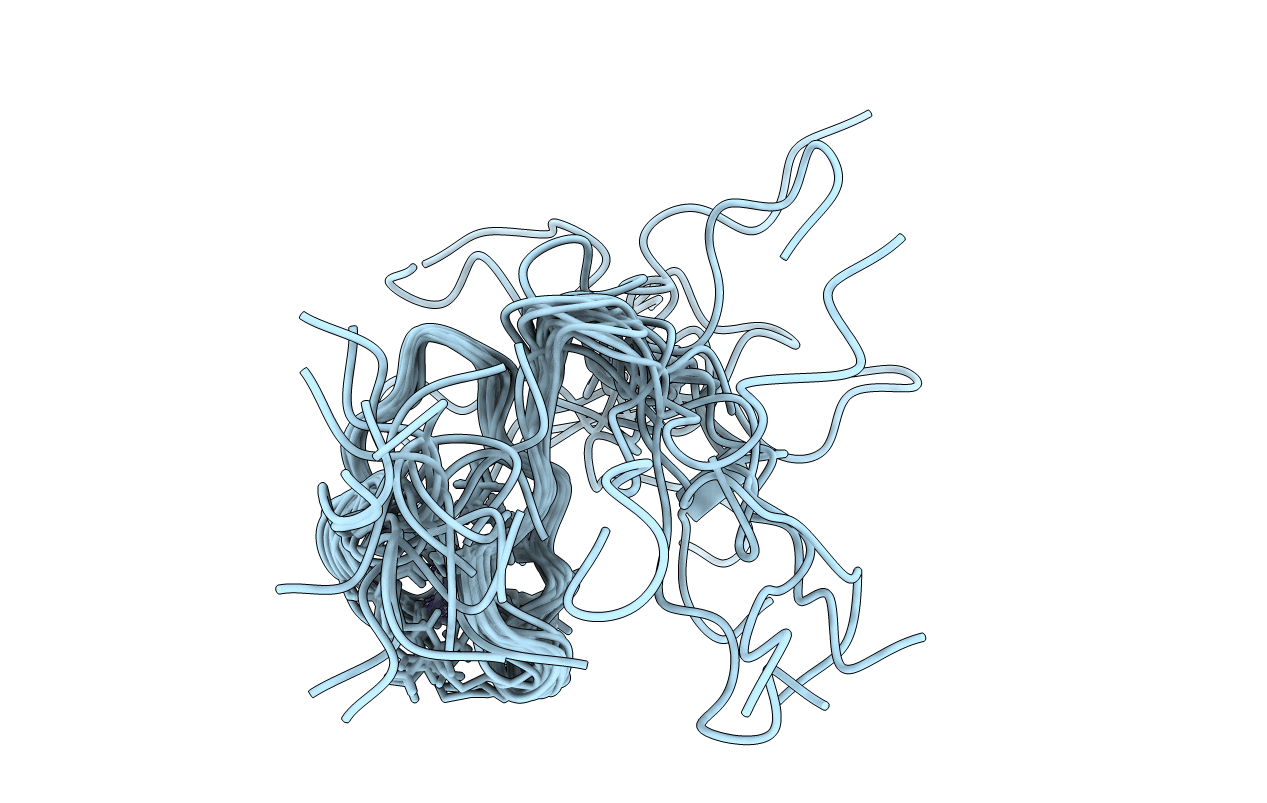
Deposition Date
2002-10-15
Release Date
2003-07-22
Last Version Date
2024-05-29
Entry Detail
PDB ID:
1N0Z
Keywords:
Title:
Solution structure of the first zinc-finger domain from ZNF265
Biological Source:
Source Organism:
Homo sapiens (Taxon ID: 9606)
Host Organism:
Method Details:
Experimental Method:
Conformers Calculated:
1000
Conformers Submitted:
20
Selection Criteria:
structures with the lowest energy


